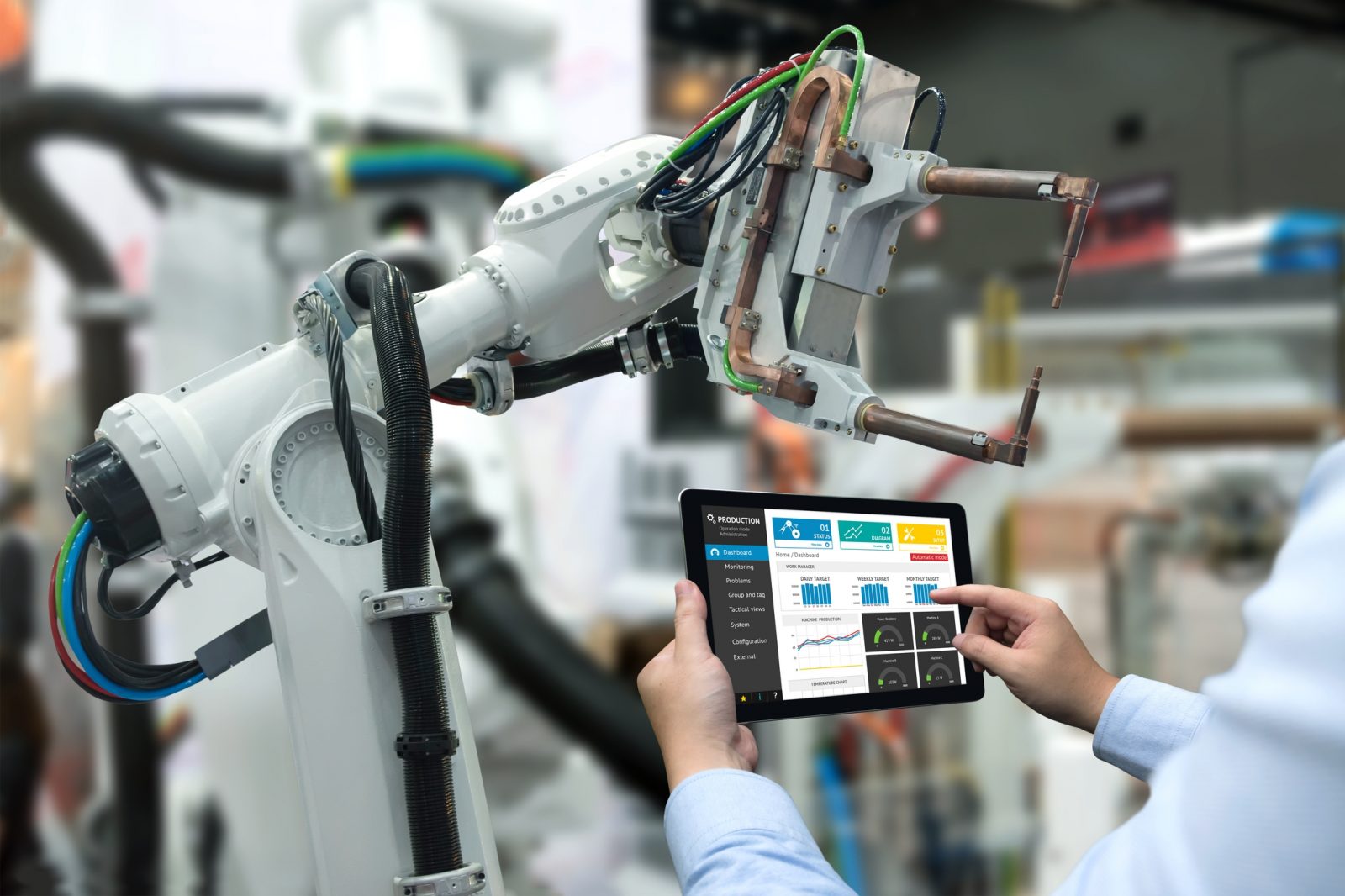Getting Started with Smart Connected Operations
Digital technologies including cyber-physical systems, the Internet of Things (IoT) and cloud computing have the potential to affect every aspect of manufacturing. In the information age, data is the new oil, with the ability to provide value at every step of the product lifecycle if extracted effectively. Yet many businesses do not have the processes and systems in place to collect and analyze data, determine critical relationships and generate insights that lead to actionable results.
Enter Smart Connected Operations (SCO)— capabilities that leverage emerging technologies to generate insights at scale. Through smart connected technology/IoT, advanced analytics/machine learning, visualization and cloud technology, companies can improve operational performance and create new business models.
Important SCO Use Cases
While IoT, machine learning, augmented reality, virtual reality and cloud technology are often at the forefront of the digital discussion, these technologies provide limited value on their own. Returning to the oil analogy, advances in drilling technology provide little end value to businesses and consumers if proper oil extraction, storage, refining and distribution processes are not in place. Emerging technologies should be treated as tools within the greater context of a fully equipped SCO environment that makes connections across the entire product lifecycle to form a whole greater than the sum of its parts.
An SCO framework that balances key business needs with innovation opportunities will be critical to a successful initiative. SCO investments are currently being made across multiple industries to:
- Facilitate End-to-End Asset Traceability: Automate alerts and ease access to product registration information to mitigate compliance concerns and reduce manual effort
- Improve Cross-Organizational Visibility: Use a DevOps organizational structure to solve visibility issues between departments and increase collaboration
- Minimize Maintenance Cost: Employ prescriptive machine learning analytics to minimize production downtime and optimize preventative maintenance
- Maximize Human Capital: Embrace advanced virtual experimentation methods and data visualization tools to open bridges to new training methods and close skills gaps
See Smart Asset Management and Heads Up Displays for Industrial Manufacturers for an example of how some manufacturers are already taking steps to smarter operations. This practical IoT Use Case details how companies can automatically trace and connect assets with next-generation RFID technology, improve technician efficiency with virtual and augmented reality capabilities, and redefine managerial tasks with analytics.
A Day in the Life of a Plant Manager in 2020 highlights what leading SCO operations could look like when design, engineering, quality, service and manufacturing data are all stitched together with a single digital thread.
The Case for Starting Now
Modernizing legacy systems comprised of disconnected assets and operations requires an incremental improvement process. As more sensors, assets, processes and systems connect within an operating environment, learning capabilities accelerate. Early adopters hold a distinct competitive advantage that will stem from compounding incremental improvements on existing operating systems, increased SCO expertise and partner relations, and earlier access to previously undiscovered insights that create fresh solutions and services for customers.
The decreasing cost of connectivity and the rise of cloud computing are currently driving investments in smarter operations. Over the last 10 years, the costs of bandwidth and processing are down by factors of 40 and 60, respectively1. A 2017 MPI study suggests that 88% of manufacturers plan to increase deployments of smart devices or embedded intelligence in production processes2.
The immediate implication here is that companies not currently deploying smart operations capabilities are already the laggards in the implementation curve. Yet among manufacturers making IoT investments, nearly half report that identifying opportunities from IoT is one of their biggest challenges. Consider this a chance to surpass competitors that are not giving proper attention to the intersection of processes, assets and technology in a continuous, smart and connected product development and operations loop.
Your Path Ahead
Whether you are in the initial or mature stages of your transformation, SCO investments can improve bottom line results through improved yield and performance at each step of your journey. In early implementation stages, engineers, technicians and managers will be able to visualize real-time data on a new level to improve decision making from product design through to the factory floor.
Further down the road, insights not previously possible will be gleaned through making use of machine learning and external data streams across an entire supply chain. The most advanced SCO environments will automate decision making throughout the product lifecycle in order to optimize business objectives.
SCO is a critical step to provide visibility across the value chain and find the path of least resistance in a company’s digital journey. It will take cross-organizational buy-in, strategic planning, and resources. An effective framework can help you to rapidly address challenges and guide efforts in generating tangible results from SCO.
Stay tuned for practical steps for accelerating your SCO journey and reducing implementation risks as you design your own unique roadmap.



